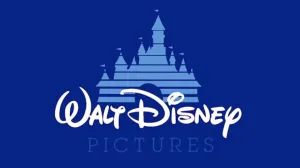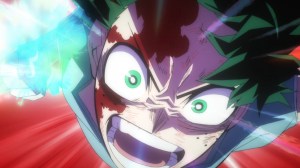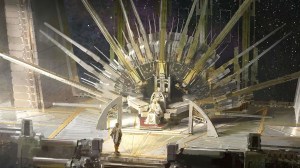Even before Thunderbolts* hit theaters, Marvel fans were puzzled about the movie’s premise. The new MCU movie revolves around a team of former low-level antagonists looking for redemption. While there are a couple of super soldiers in the bunch, the Thunderbolts are nowhere near Avengers level. Yet, the marketing campaign of Thunderbolts* underlined how the movie introduces the Sentry and the Void, the two superpowered personas of Robert “Bob” Reynolds (Lewis Pullman), arguably some of the most powerful beings in Marvel Comics. So, as much as we all love Florence Pugh’s Yelena Belova, it didn’t feel fair to pit the Black Widow against a god.
Videos by ComicBook.com
WARNING: Spoilers below for Thunderbolts*
Now that Thunderbolts* is out in theaters, MCU fans get to watch a surprisingly mature and sensible superhero movie about trauma, mental health, and the importance of human connection. The film has some of the best action scenes of the Multiversal Saga, and the team of misfits proves they are far from being pushovers. Nevertheless, they cannot beat the Void in a fistfight, which is why Thunderbolts* finds a clever solution to subdue its primary threat and still deliver a mindblowing third act confrontation.
What Is the Void? And What Does He Want?
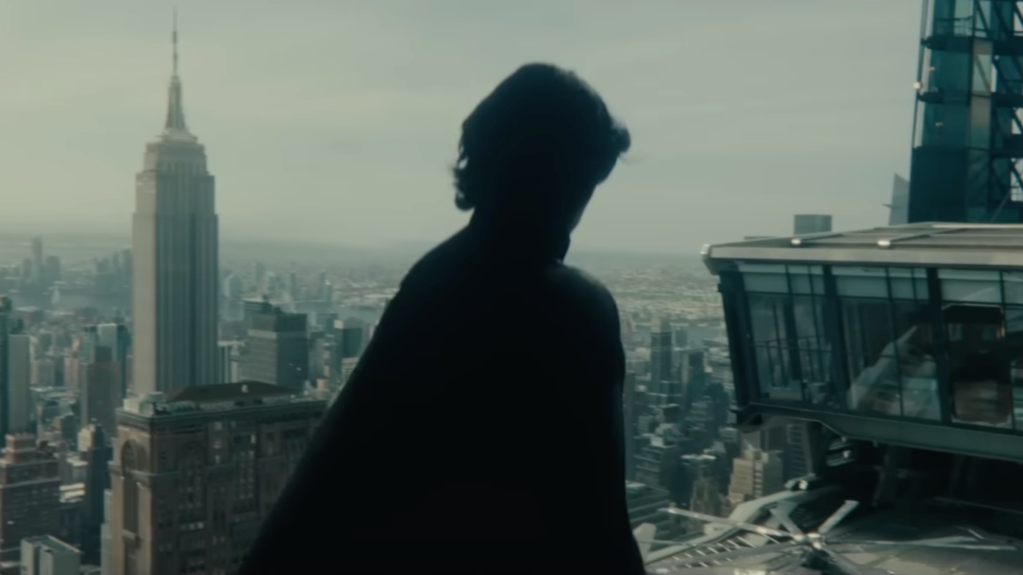
In the years preceding Thunderbolts*, Valentina Allegra de Fontaine (Julia Louis-Dreyfus) leverages her power as director of the CIA to hide illegal human experiments conducted by the shady company OXE, which Valentina used to run before her political career. Since the Avengers disbanded, Valentina feels the only way to ensure the U.S. hegemonic geopolitical position is to have a new superhero focused on defending the country’s interests and subordinated only to her. OXE’s experiments, conducted under the codename “Project Sentry,” were supposed to create such a hero. Unfortunately, every test subject OXE found died in the procedure… except Bob.
Bob is a bipolar man with a history of childhood trauma and drug addiction, who decided to travel through Asia in search of enlightenment — or at least more drugs. When approached by OXE, Bob jumped at the opportunity to have a strange substance injected into his veins, especially with the promise that the experiment would make him better. As it turns out, Project Sentry gave Bob superpowers, making him bulletproof and able to fly, granting him superspeed and superstrength, and even gifting him with powerful telekinetic abilities. If Bob were stable, he could become the mightiest force for good in the MCU. Unfortunately, his fractured psyche leads to the emergence of a dark alternate persona., named “The Void.”
[RELATED: Thunderbolts* Has the Most Predictable MCU Death Ever (But It Still Had a Twist)]
Due to his mental health issues, Bob can feel invincible some days, ready to face any challenge head-on. On other days, he’s consumed by trauma, convinced that life is meaningless and there’s no way to drown the sorrow that festers inside his chest. When he was injected with the Project Sentry formula, both of Bob’s personalities became superpowered. At his most optimistic, Bob can become the Sentry, but his nihilistic worldview results in him becoming the Void. The Void maintains all of the Sentry’s superpowers, with the added ability to trap people in a dark dimension where they are forced to relive their traumas, nonstop. Since life is pointless and we can’t fight trauma, The Void wishes to speed up the process, spreading his influence all over the world in the form of a shadow that engulfs everything it touches.
How Do the Thunderbolts Defeat the Void?

Valentina wants the Sentry to kill the Thunderbolts in a staged fight for the press, to show the world how powerful her new hero is. However, even knowing that Bob is extremely dangerous, Yelena understands his trauma, as she has been suffering from depression herself. When the Void emerges and starts to make people disappear, Yelena takes a leap of faith and jumps into the shadow, determined to reach out to Bob.
Inside the shadow, Yelena is taken back to the fateful night when she completed the Red Room’s first test, luring one of her friends to her death in the woods. When she manages to escape this traumatic cage, she just ends up in a different one, forced to face her gruesome upbringing in Russia and her current alcoholism and loneliness. She eventually reaches Bob, who’s been hiding from his own demons in a relatively peaceful attic memory. There, Yelena offers her help, telling Bob that he doesn’t have to face The Void alone and that she will be by his side. The Void resists, destroying the attic memory, but the rest of the Thunderbolts soon arrive, having followed Yelena’s brave example.
Together, the team navigates the shadow memories until they reach the laboratory where the Void first emerged, in Malaysia. There, the Void uses telekinesis to trap the Thunderbolts in the walls with wires and twisted metal. The villain dares Bob to fight him, leading to a bloody confrontation where the traumatized man pins the Void to the ground and repeatedly punches him in the face. The Void laughs while the outburst of violence slowly engulfs Bob in darkness. It’s a powerful scene in which Bob, alone, tries to beat himself, angry at the trauma he carries.
Yelena manages to escape her ensnarement, rushing towards Bob and embracing him. Soon, all the Thunderbolts do the same. They hug Bob while tears roll down his cheeks, offering him desperately needed comfort. The message here is that trying to deal with trauma alone only makes things worse, and we all need a support network. Human connection is the biggest weapon against depression and loneliness. With the help of his newfound friends, Bob manages to overcome the Void, and the dark mist covering New York dissipates. Just like that, Thunderbolts* delivers a cinematic ending sequence, deals with its core themes with the complexity they deserve, and justifies how a ragtag team of spies and soldiers defeated the most powerful MCU villain yet.
What Happens to Valentina?
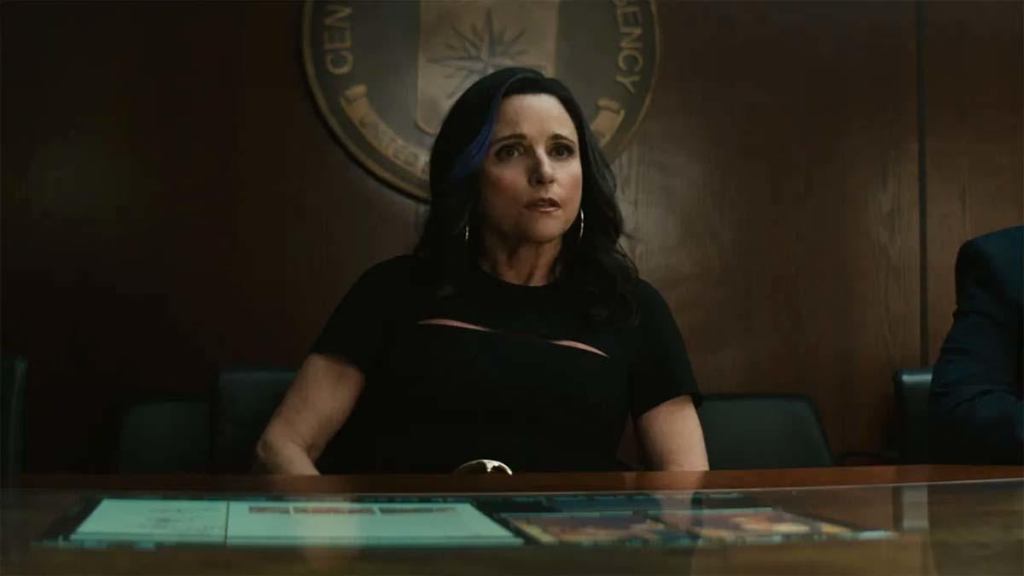
Realizing that she will go to prison for Project Sentry and that the people of New York actually cheered the Thunderbolts while they saved civilians from The Void, Valentina pivots. The brilliant strategist lures the Thunderbolts into a press conference where she quickly announces they are a team of heroes Valentina has put together: “the New Avengers.” At first, the Thunderbolts are shocked, but they soon realize this is an opportunity for them to become heroes and make up for past errors. Exchanging glances, the Thunderbolts roll with Valentina’s lie and become the government-sanctioned New Avengers. However, Yelena tells Valentina they own her now, as the New Avengers can destroy the CIA director’s career by revealing the truth about the Void.
While this is the last time we see Valentina in Thunderbolts*, the movie’s post-credits scene reveals the New Avengers have been using the Watchtower as their headquarters, the same building that once was the Avengers Tower, and which Valentina bought from Tony Stark (Robert Downey Jr.). The New Avengers also have the U.S. government funding and backing their operations, which means Valentina is still working in the background to ensure the New Avengers remain the primary superhero team in the country.
Are the New Avengers The Only Superteam in the MCU?

In Thunderbolts*‘s post-credits scene, we also learn the New Avengers have experienced some issues with public perception. Due to their problematic past, many people don’t embrace them as Earth’s Mightiest Heroes. To complicate matters, Sam Wilson (Anthony Mackie), aka Captain America, is also leading his own team of Avengers. We don’t know if Sam has already found recruits or is in the process of assembling his teammates, but he’s suing the New Avengers for copyright infringement and pushing for his team to be recognized by the government. That means the emergence of the New Avengers delayed Sam’s plan to reforge the Avengers. Come Avengers: Doomsday, we should learn more about this conflict of interest.
What’s Happening in Outer Space?
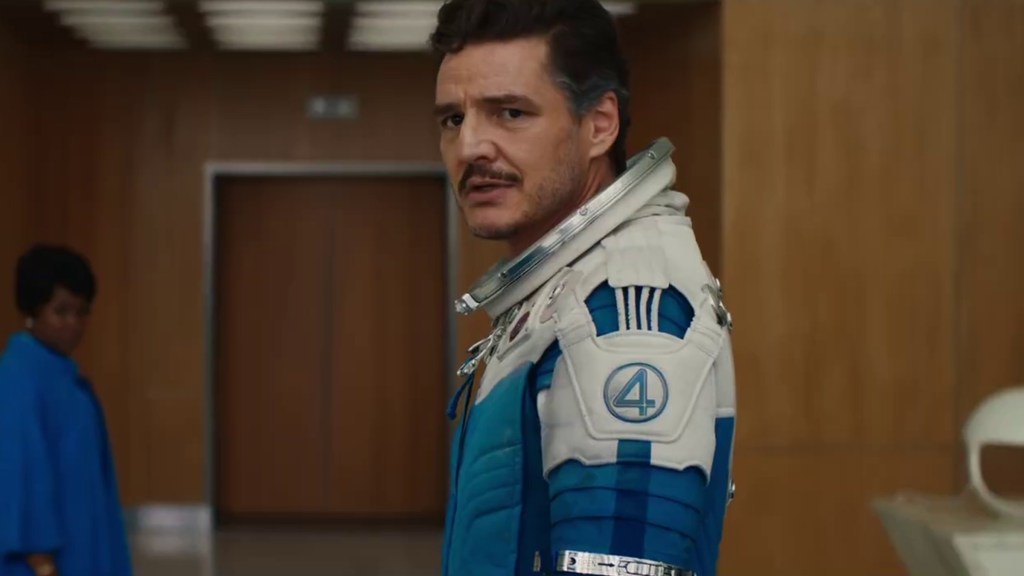
The Thunderbolts*‘s post-credits scene is packed with interesting bits of information. For instance, in a throwaway line, Yelena complains that people have withheld information from the New Avengers about a crisis in space. Since there’s a 14-month jump between Thunderbolts* and the post-credits scene, this is the farthest we are in the MCU timeline. That means whatever is happening in space is probably connected to the Incursions and the plot of Avengers: Doomsday.
To hammer this point down, the scene ends with the New Avengers receiving a warning about an interdimensional ship coming to Earth, a vessel decorated with the logo of the Fantastic Four. That means that Fantastic Four: First Steps will most likely end in tragedy, forcing the First Family to flee from their retro-futuristic timeline and look for shelter in the Sacred Timeline. This moment also positions the New Avengers as the primary response team after the Fantastic Four’s arrival, meaning they will band first when it’s time to face Doctor Doom.
Thunderbolts* is now available in theaters. The Fantastic Four: First Steps hits theaters on July 25th.
How did you enjoy Thunderbolts*? How would you rank it among Multiversal Saga movies? Let us know in the comments!

